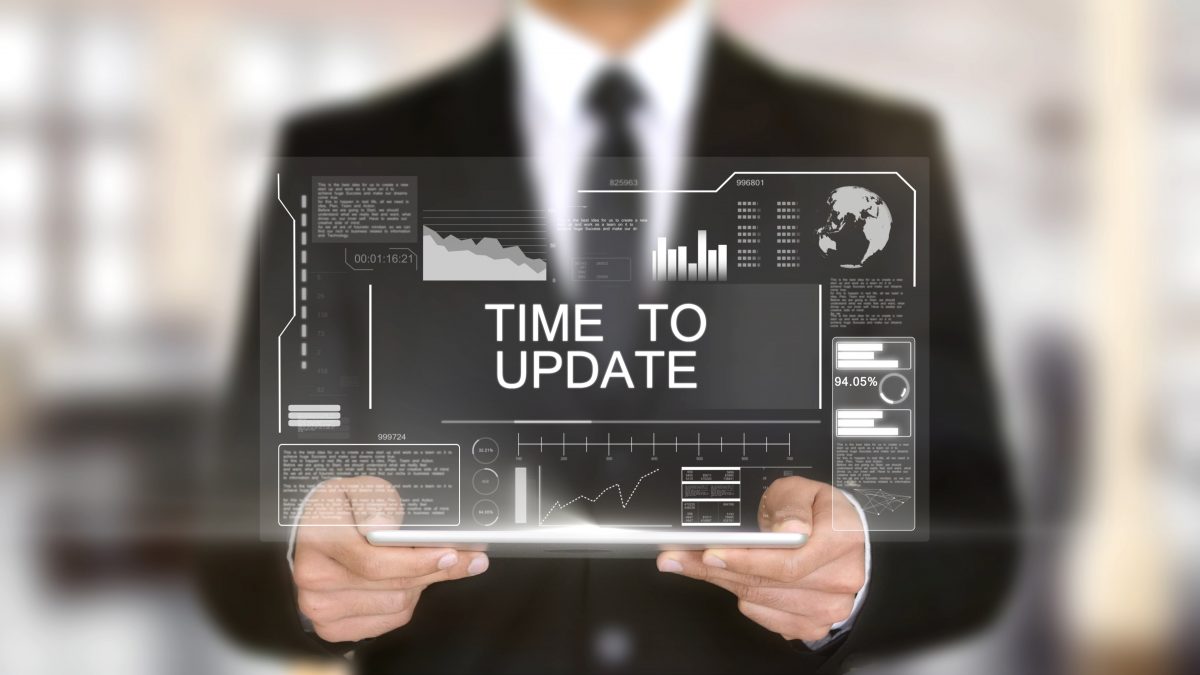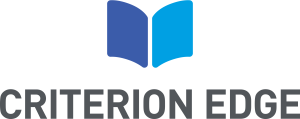Medical device industry standards are in constant flux. Standards are frequently updated to meet conformity requirements. So what are the clinical requirements that you need to be aware of to stay compliant?
Here’s a rundown on the new MedDev guidelines – what you need to know.
-
Frequency of updates to the Clinical Evaluation Report (CER)
The manufacturer needs to be aware of several key factors when updating the CER:
- Changes to manufacturing procedures
- Medium and long term risks, and uncertainties
- Changes in clinical and material sciences, and any innovations that may have taken place
- Various risks, such as design, material, components, procedures. Also it is important to keep in mind risks to the population, and the severity of said risks
The clinical evaluation should be updated when new information is received from PMS that has the potential to alter the current evaluation. Additionally, if the device carries any significant risks it must be reviewed annually. However, if the device does not carry any significant risks an evaluation every two to five years is acceptable.
-
Qualifications of report authors and evaluators
Evaluators should possess at least one of the following in a relevant field:
- A degree in higher education in their respective field and five years of documented professional experience
- If a degree is not required for a specific task, 10 years of documented experience is acceptable
-
Specific and measurable objectives for the CER
In the review it’s important address what the objectives of the review are. Specify the methods used for identification, selection, collection and appraisal of relevant publications. Additionally, include the methodology in which you searched the literature. Finally, it’s important that you are non-biased and objective.
-
Establish the state of the art
This is important, as this data is needed to identify current knowledge in a specific field, as well as identifying any potential hazards caused from technologies and manufacturing procedures.
Watch our most popular webinar on the State of the Art.
-
Scientific validity of data
It goes without saying, but the way data is collected can have a massive impact on findings. That’s why it is very important to examine methods used to collect data, and evaluate whether safety performance outcomes are due to the device or are to do outside interventions.
These interventions can be anyone of the following:
- Confounding influences
- Bias
- Random error
- Inadequate disclosure of information
- Misinterpretation
-
Equivalence
There are several categories for which a device may be claimed equivalence—technical, biological, or clinical. There are unique characteristics for each category that the device in questions must meet. If there are any differences between the device in question and that which is being claimed equivalence towards it must be disclosed, and it must be explained why the differences are not expected to affect the clinical safety and performance.
Download our white paper on the equivalence section of the CER.
-
Access to data for equivalent devices
A notified body should assess the relevant dataset from an equivalent device and clearly document its assessment of the clinical data presented from an equivalent device as part of the clinical evaluation.
This should conclude from the data provided whether the device is equivalent or not. The notified body is also expected to assess and document the level of access to the technical and clinical data from an equivalent device the manufacturer has.
-
When is a clinical investigation required?
The simplest way to put it—when gaps are present in the clinical data. When clinical data is required to draw conclusions as to the conformity of a device. This data needs to be in line with current knowledge, state of the art, be scientifically sound, cover all aspects of the intended purpose foreseen by the manufacturer. When this doesn’t all line up, and there are gaps in the clinical data, an investigation may be required.
Devices that will likely require investigations are implants and/or high-risk devices, as well as devices where there is little or no experience. Finally, devices that extend the intended purpose or technology are also more likely to require an investigation.
-
Risk benefit
Requirements for acceptable benefit of risk are:
- Evaluation of the description of the intended purpose of the device
- Evaluation of the device’s benefits to the patient
- Quantification of benefits to the patient
- Evaluation of the clinical risks of the device
- Evaluation of acceptability of the benefit/risk profile
Download our white paper on the risk/benefit profile sections of the CER.
-
Post Market Surveillance (PMS) and Post Market Clinical Follow-up (PMCF)
When reviewing the evaluation of clinical data, the notified body will assess whether the manufacturer has provided details of the PMS plan and justified the appropriateness of this plan. Additionally, the notified body will be looking for clearly identified data needed from the PMS and PMCF. They will also justify the plan of the PMCF, or the documentation of the PMCF, if it has not been planned. Finally, they will decide if the sources clinical data which will be gathered from the manufacturer’s PMS system and PMCF has been adequately identified.
Criterion Edge is a regulatory writing company that provides outsourced writing services to the pharmaceutical and medical device industries. The company’s expertise in regulatory writing best practices, honed over decades, produces superior deliverables and provides budget, resource and timeline flexibility for regulatory managers. Criterion Edge empowers companies to deliver superior health care solutions. To learn more about how Criterion Edge can help you achieve your regulatory goals, click here to contact us, call us at 805-202-5520, or use the email: info@criterionedge.com.


